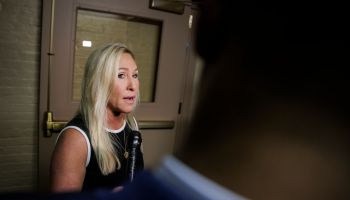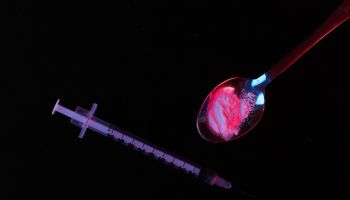A chemistry professor at Harvard University is trying to shrink a medical laboratory onto a piece of paper that’s the size of a fingerprint and costs about a penny.
George Whitesides has developed a prototype for paper “chip” technology that could be used in the developing world to cheaply diagnose deadly diseases such as HIV, malaria, tuberculosis, hepatitis and gastroenteritis.
The first products will be available in about a year, he said.
His efforts, which find their inspiration from the simple designs of comic books and computer chips, are surprisingly low-tech and cheap.
Patients put a drop of blood on one side of the slip of paper, and on the other appears a colorful pattern in the shape of a tree, which tells medical professionals whether the person is infected with certain diseases.
Water-repellent comic-book ink saturates several layers of paper, he said. The ink funnels a patient’s blood into tree-like channels, where several layers of treated paper react with the blood to create diagnostic colors.
It’s not entirely unlike a home pregnancy test, Whitesides said, but the chips are much smaller and cheaper, and they test for multiple diseases at once. They also show how severely a person is infected rather than producing only a positive-negative reading.
Read Full Story
Article courtesy cnn.com
















